Vegetable gardening offers endless possibilities for growing your own fresh produce, whether you have a sprawling backyard or a tiny balcony. From traditional techniques like raised beds and companion planting to innovative methods such as aquaponics and vertical towers, these 20 ideas will help you optimize space, improve yields, and add beauty to your garden. You’ll discover low-maintenance setups, eco-friendly approaches, and creative designs that suit any skill level and garden size. Each idea is backed by expert advice and real-world examples to guide you in creating a productive, healthy, and inspiring vegetable garden.
1. Raised Bed Gardening
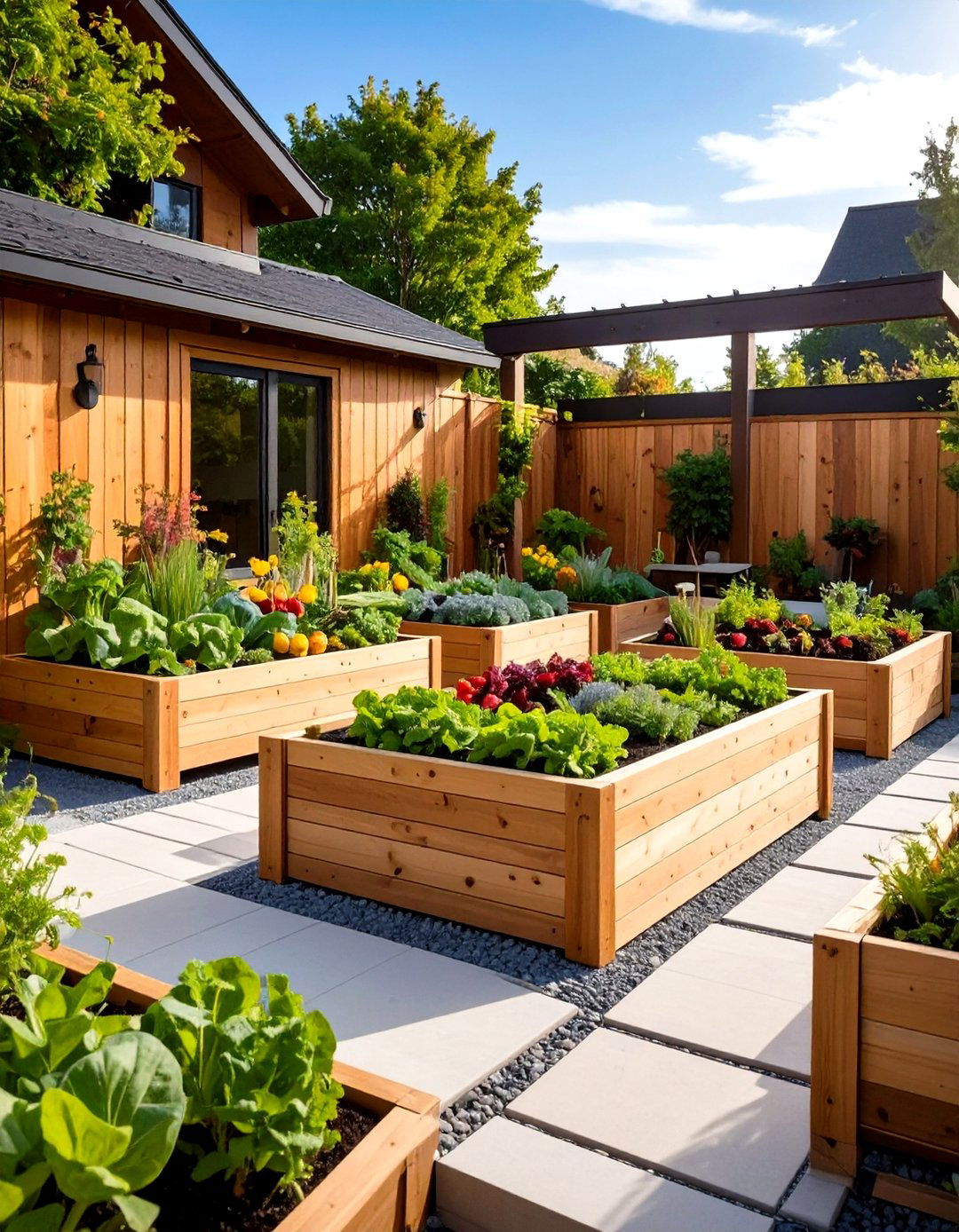
Elevated planters keep soil loose, improve drainage, and define neat growing areas. Building raised beds using rot-resistant wood, stone, or metal allows you to control soil quality and reduce weed pressure. Paths of gravel around beds make maintenance easier and prevent muddy footing. Raised beds warm up faster in spring and can be filled with a high-quality compost mix to boost fertility, making them ideal for early starts and extended growing seasons.
2. Container Gardening
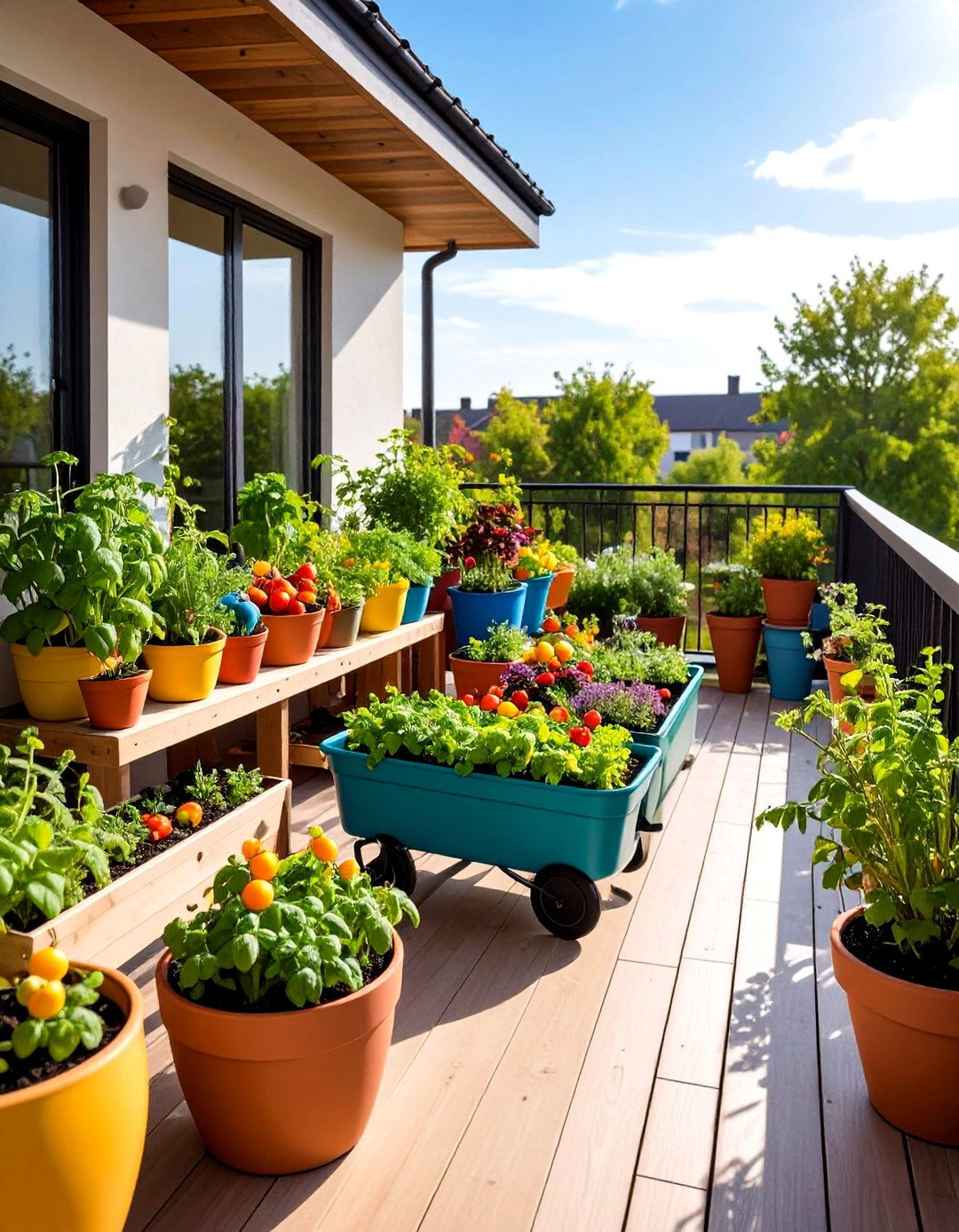
If space is limited, plant vegetables in containers such as pots, self-watering planters, or even repurposed items like wheelbarrows. Containers must have good drainage and be sized appropriately for the crop’s root system. This approach is perfect for patios and balconies, allowing you to move plants for optimal sun exposure and protect them from extreme weather. Succession planting in pots also ensures a continuous harvest throughout the season.
3. Vertical Gardening
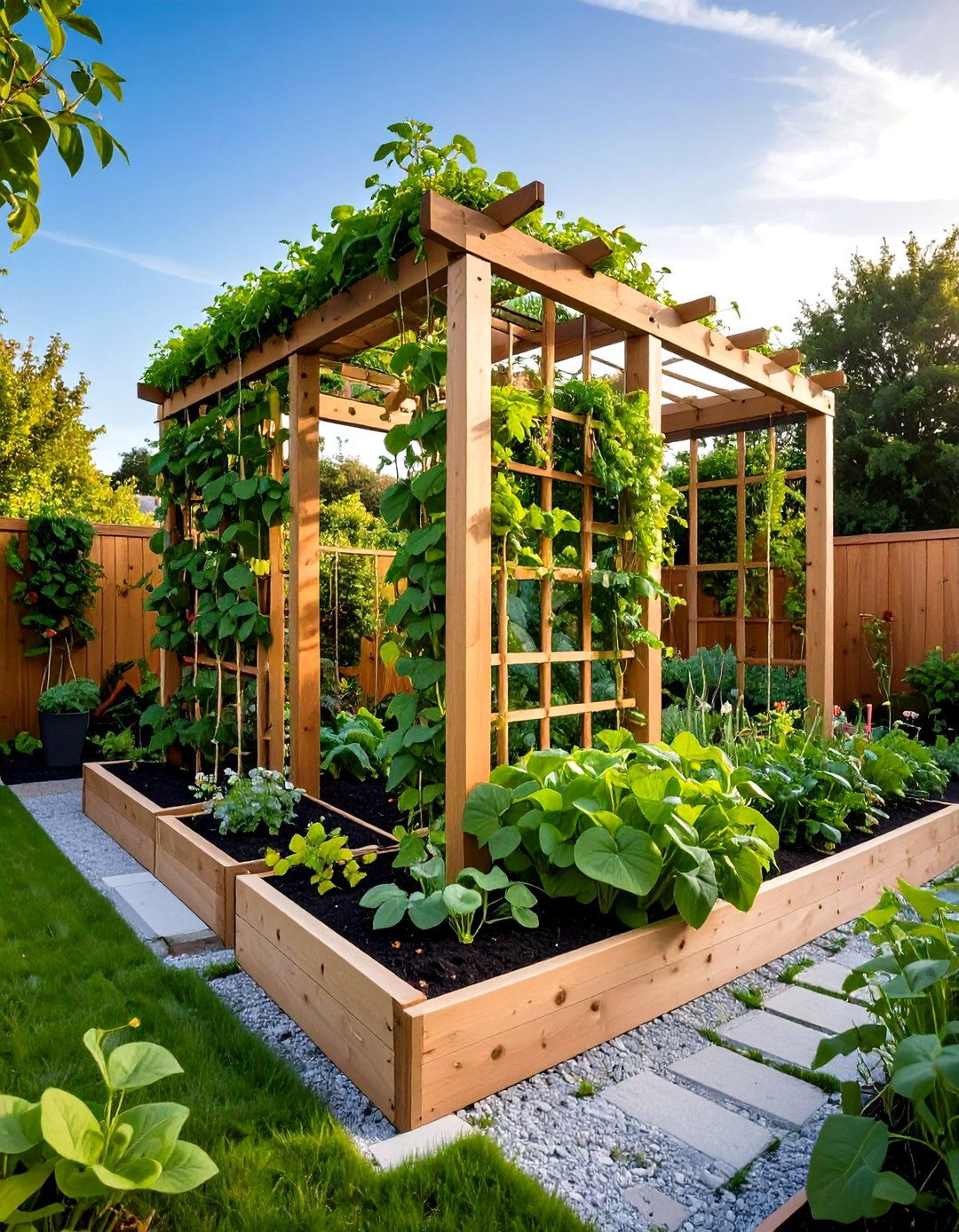
Use trellises, stakes, or A-frame structures to grow vining crops like beans, peas, and cucumbers upwards. Vertical gardening frees ground space for additional plants beneath the supports, such as leafy greens that benefit from dappled shade. This method also enhances air circulation around foliage, reducing disease risk. A well-designed vertical system can include hanging planters and tiered shelving to maximize every inch of your garden.
4. Square Foot Gardening
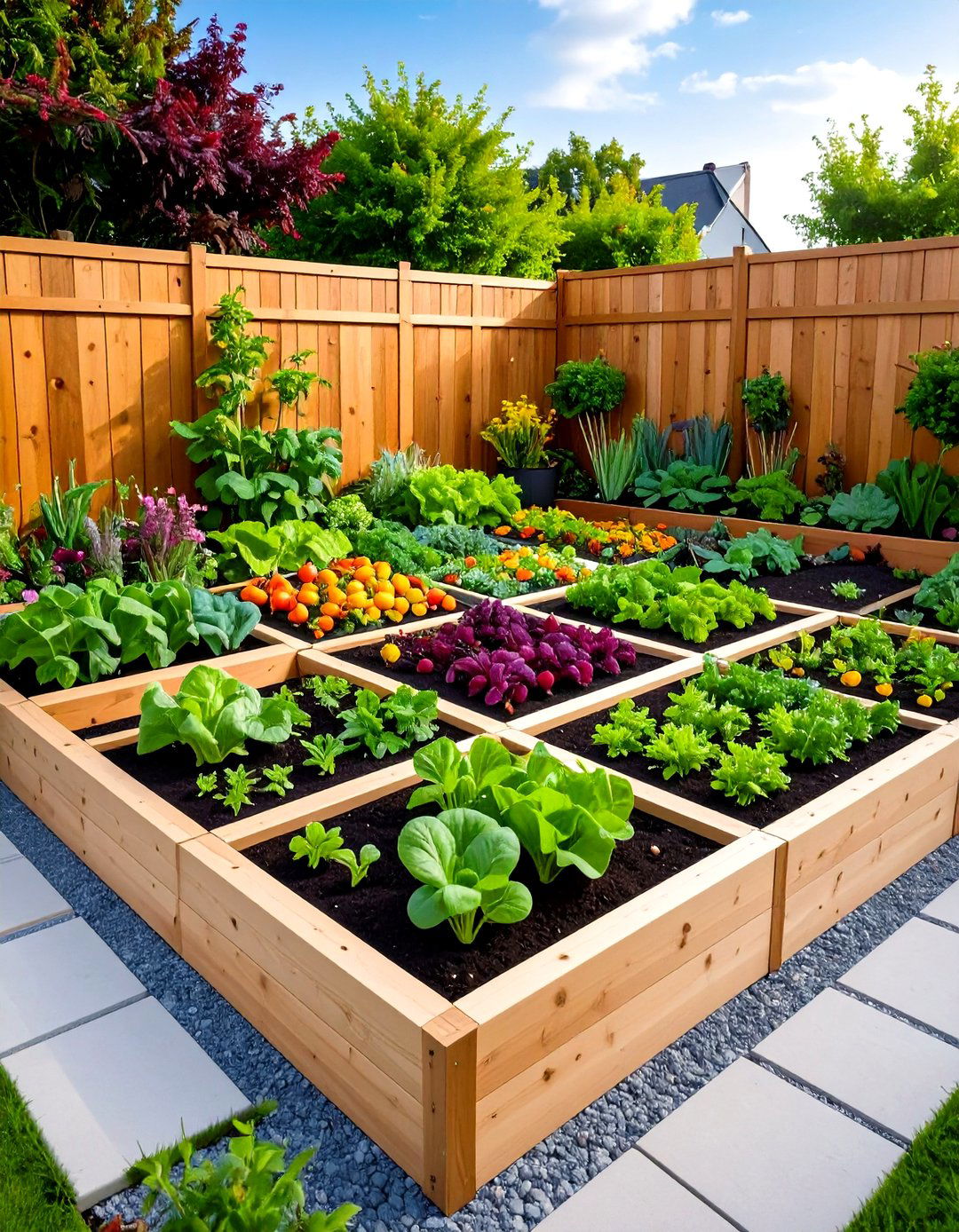
Divide a raised bed or garden plot into one-foot grid squares and grow a specific number of plants per square, based on crop size. This intensive planting method maximizes yields in small areas and simplifies crop rotation and succession sowing. Using a high-quality soil mix, you can densely plant fast-maturing crops like lettuce alongside slower growers like peppers for continuous harvests. Paths between grids ensure easy access for watering and harvesting.
5. Companion Planting
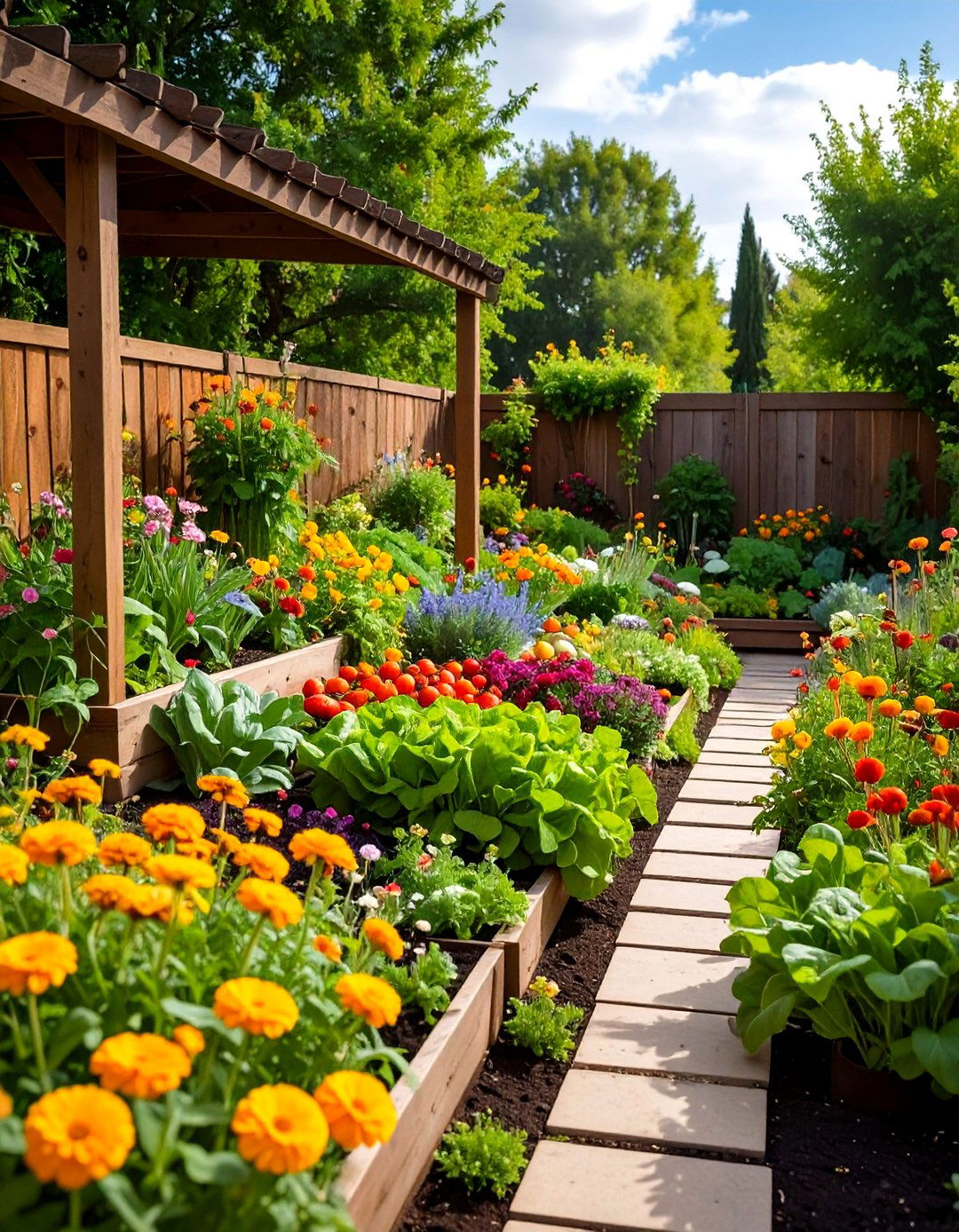
Pair vegetables with flowers or other crops that improve growth, deter pests, or enhance flavor. For example, planting onions near lettuce repels aphids, while marigolds attract beneficial insects and deter nematodes. Beans fix nitrogen in the soil, benefiting heavy feeders like tomatoes when grown nearby. Thoughtful companions can reduce chemical inputs and encourage a balanced ecosystem in your garden.
6. Herb Spiral Design
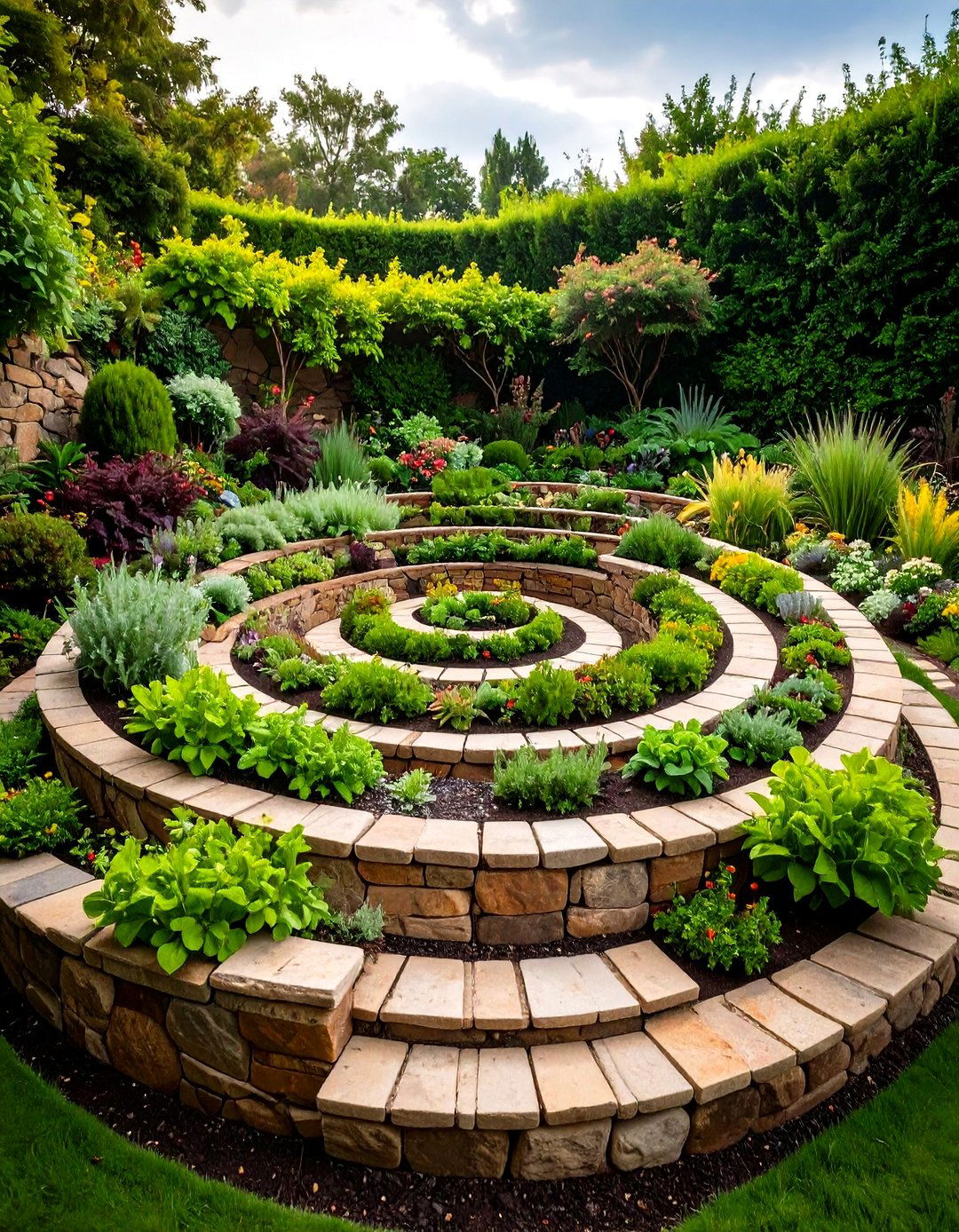
Construct a spiral-shaped raised bed using stones or bricks to create microclimates: the top remains dry and sunny for Mediterranean herbs, while the lower tiers retain moisture for basil and parsley. This compact design offers up to 30 percent more growing area than a flat bed and makes harvesting easy from all sides. Integrating herbs with vegetables like tomatoes and peppers can also improve pest resistance and flavor profiles.
7. No-Dig Gardening
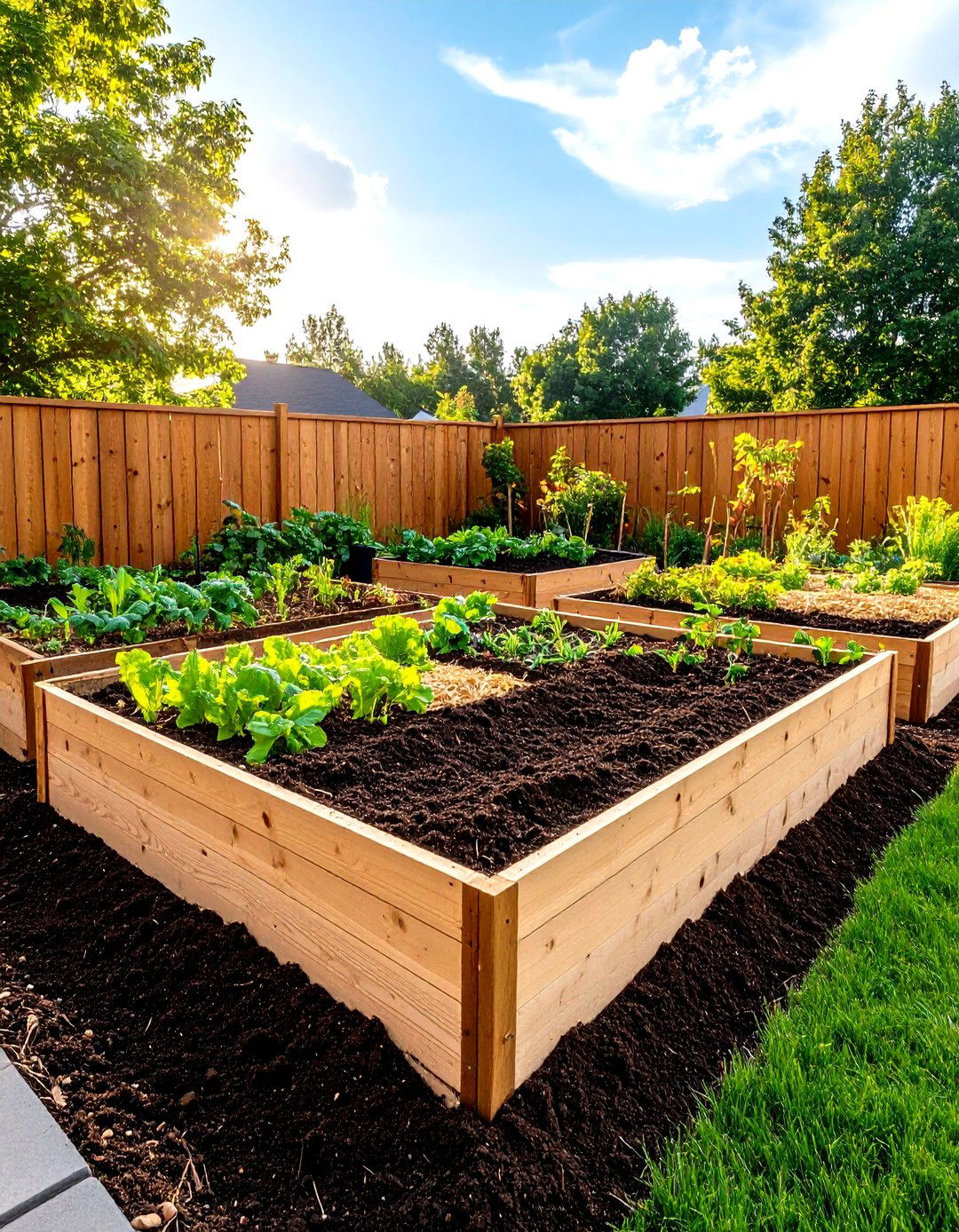
Skip tilling and build beds by layering organic materials—cardboard, straw, compost, and manure—directly on top of the lawn or existing soil. Over time, these layers break down into rich, fluffy soil that supports healthy root development and reduces weed growth. No-dig gardens enhance soil structure and microbial activity, leading to stronger, more resilient plants with minimal labor.
8. Pallet Garden
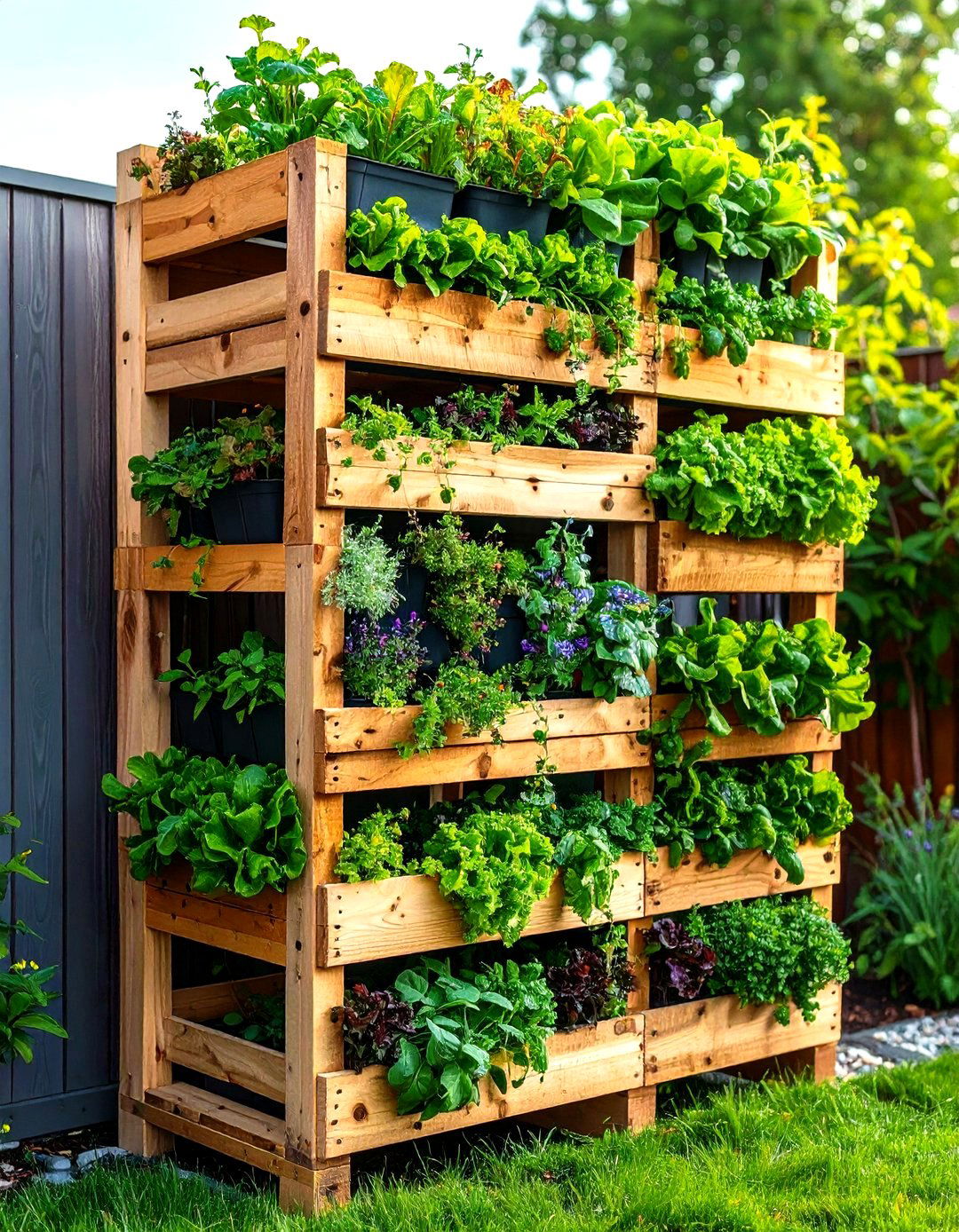
Upcycle wooden pallets into vertical planters by securing landscaping fabric and filling rows with potting mix. Pallet gardens are ideal for shallow-rooted crops such as salad greens, herbs, and strawberries, and can be leaned against a wall or fence to save floor space. This DIY approach is budget-friendly and customizable in height and width to fit any spot.
9. Hugelkultur Beds
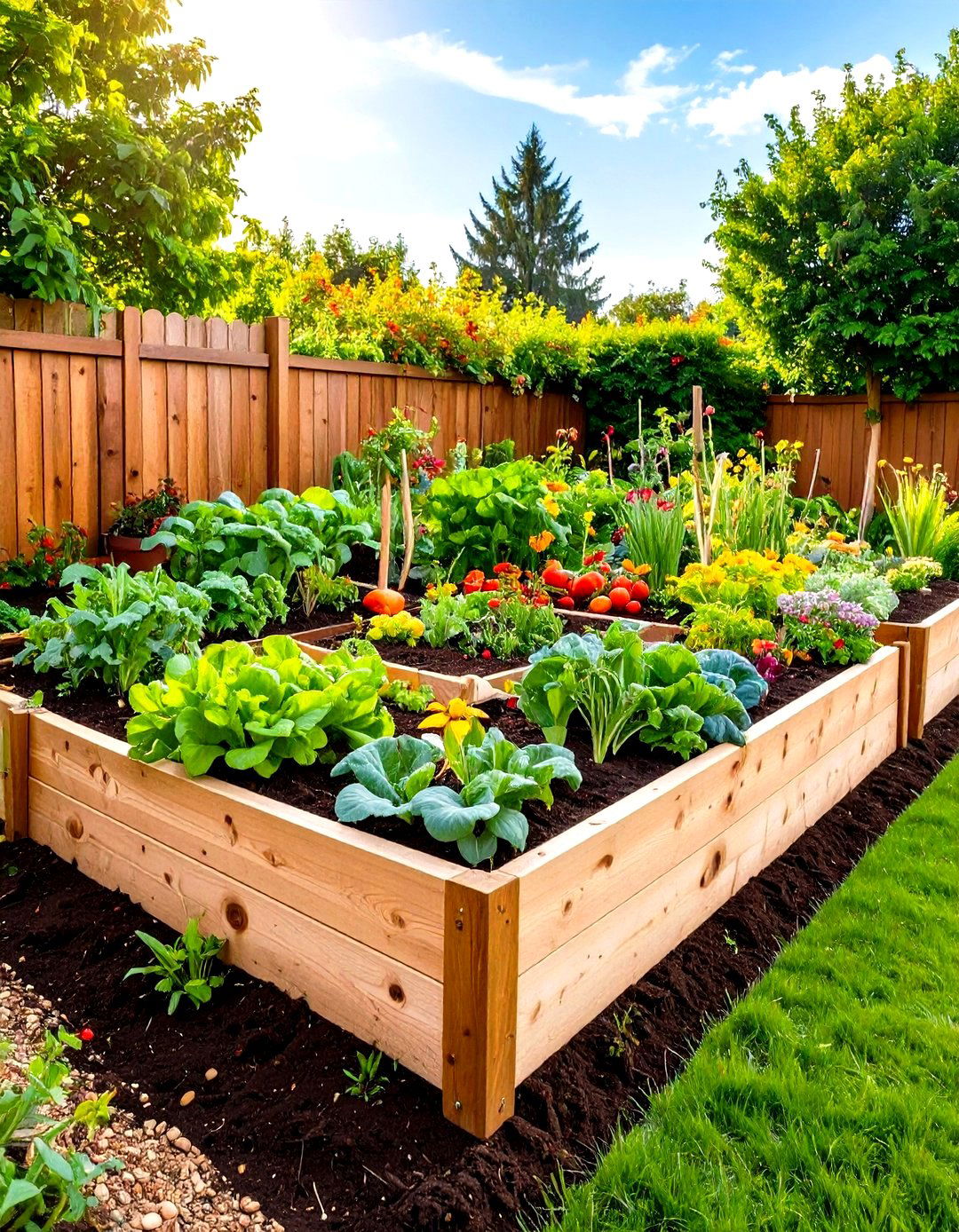
Create raised mounds by burying logs, branches, and organic debris, then topping with compost and soil. As the wood decomposes, it releases nutrients and retains moisture, reducing the need for irrigation. Hugelkultur beds can last for several seasons, supporting vigorous growth of root crops like potatoes and carrots. The mounded shape also improves drainage, making it suitable for wetter climates.
10. Keyhole Garden
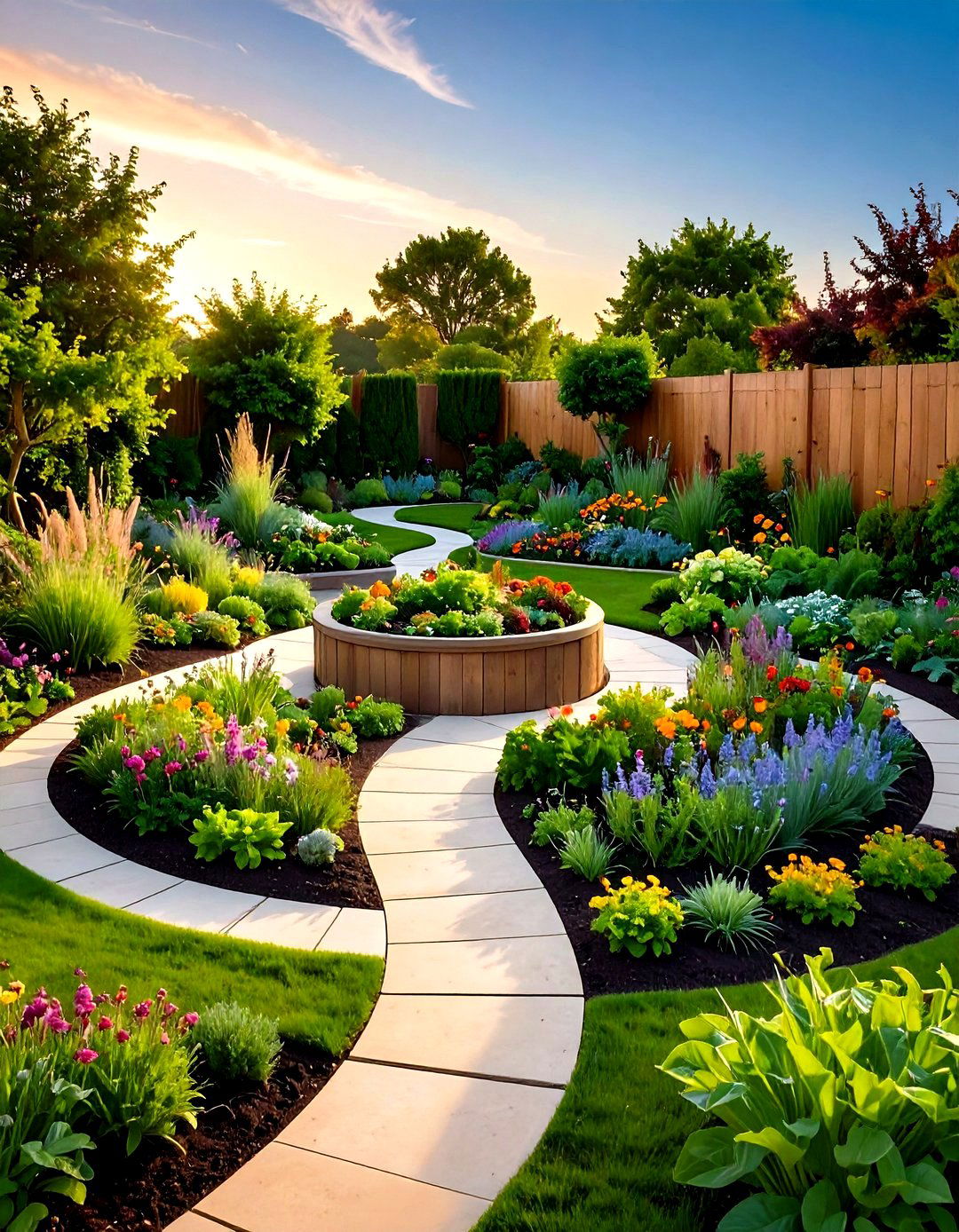
Design a circular raised bed with a wedge-shaped cutout (“keyhole”) that allows you to reach its center. Often built around a composting basket, this layout provides easy access to water and nutrients, which seep into surrounding soil. Keyhole gardens are water-efficient and space-saving, perfect for arid regions or gardeners with limited mobility.
11. Straw Bale Gardening

Use straw bales as growing containers by conditioning them with water and nitrogen fertilizer for two weeks, then planting seeds or seedlings directly into the bale’s surface. The decomposing straw generates heat, which can extend the growing season, and provides excellent moisture retention. At season’s end, the bales break down into compost, enriching your soil for future gardens.
12. Aquaponics System
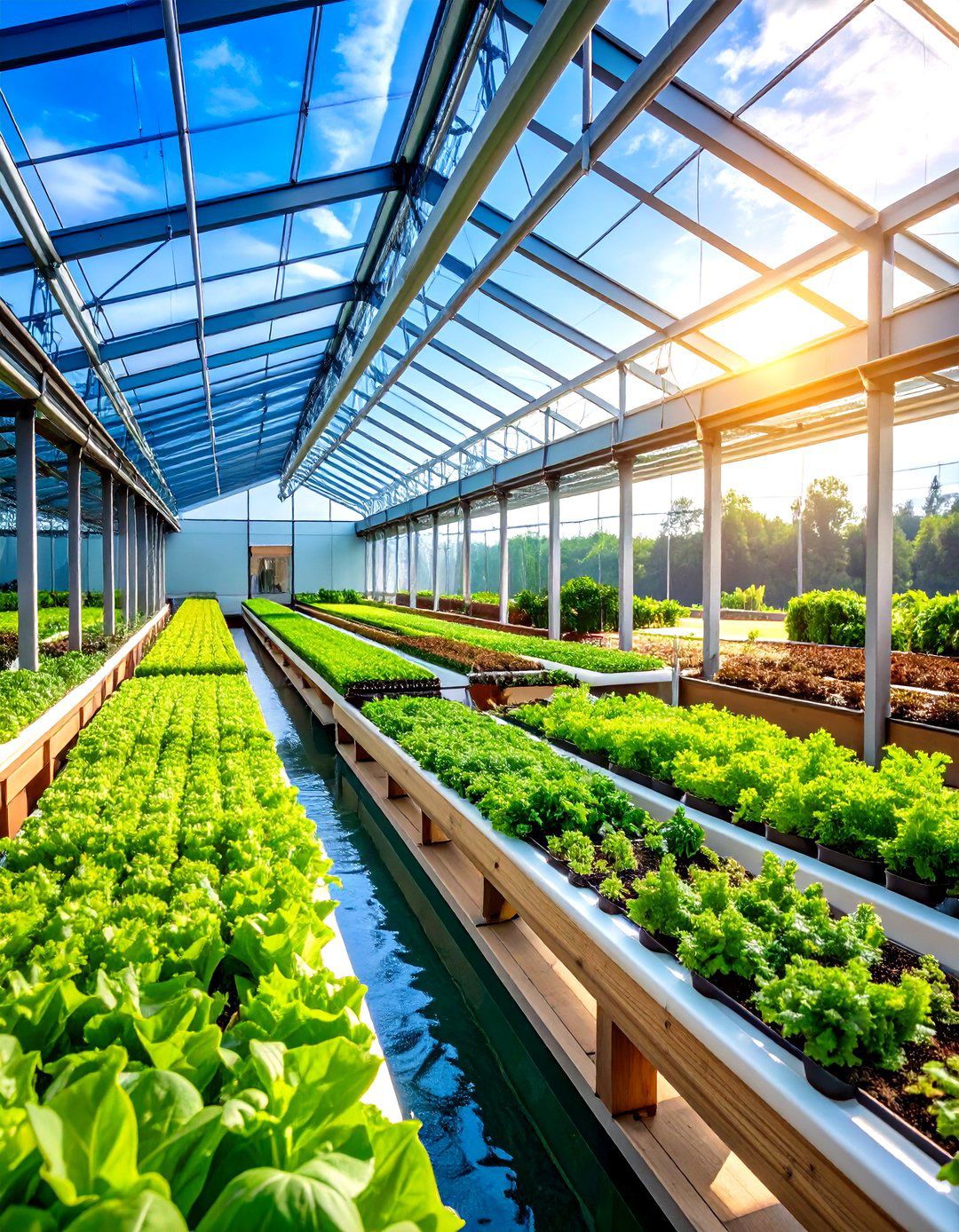
Combine fish farming and hydroponics: fish waste provides nutrients for plants, and the plants filter water for the fish. Aquaponics requires minimal soil, uses up to 90 percent less water than traditional gardens, and produces both fish and vegetables like lettuce and herbs. While setup costs can be higher, the closed-loop system offers year-round production and space efficiency.
13. Hydroponic Towers
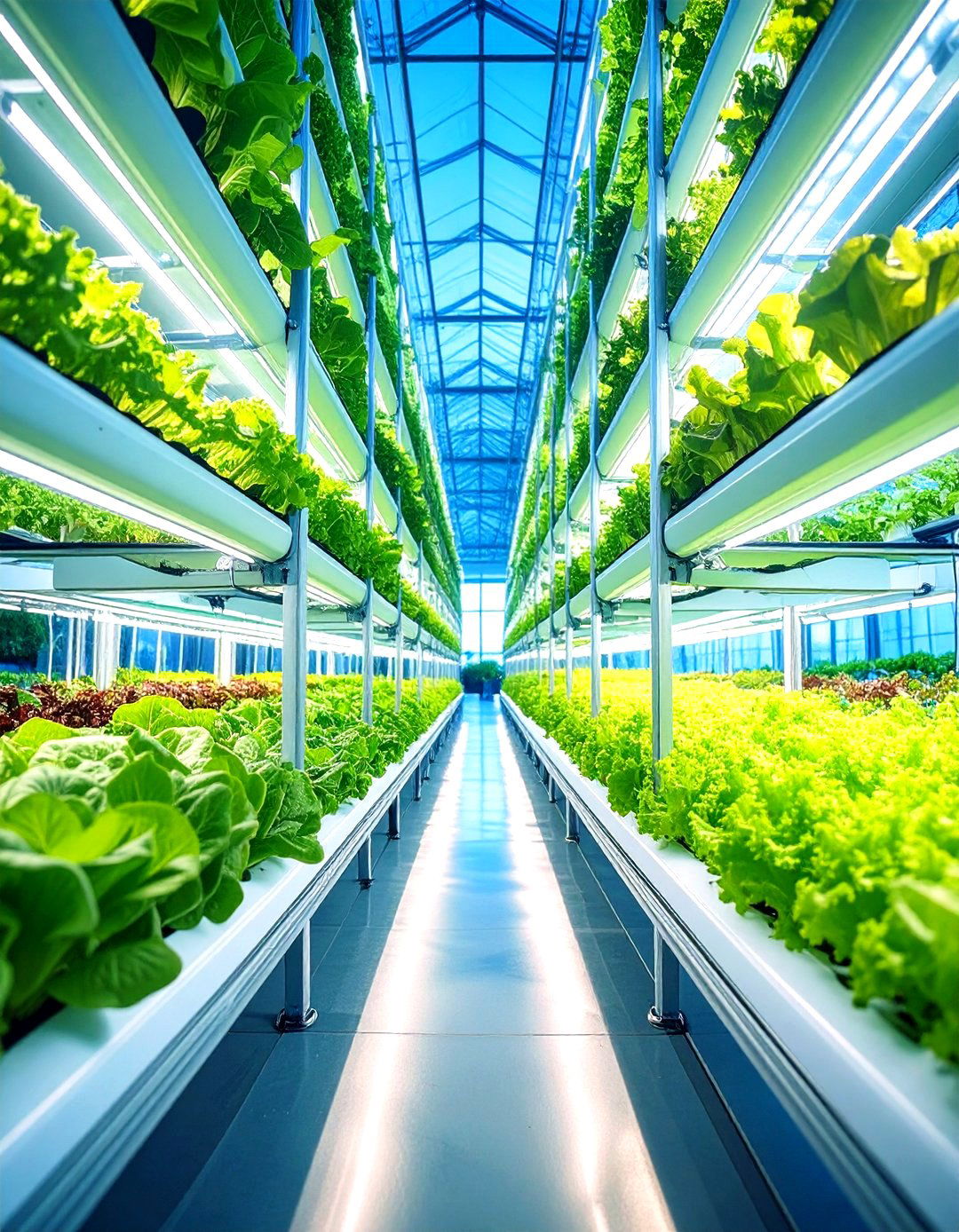
Vertical hydroponic towers circulate nutrient-rich water to plant roots, enabling high-density growing in a small footprint. Commonly called tower gardens, they can yield up to 30 plants per tower and accommodate a variety of greens and small fruiting crops. Ideal for patios or greenhouses, towers reduce soil-borne diseases and simplify pest management.
14. Tiered Planter Structures
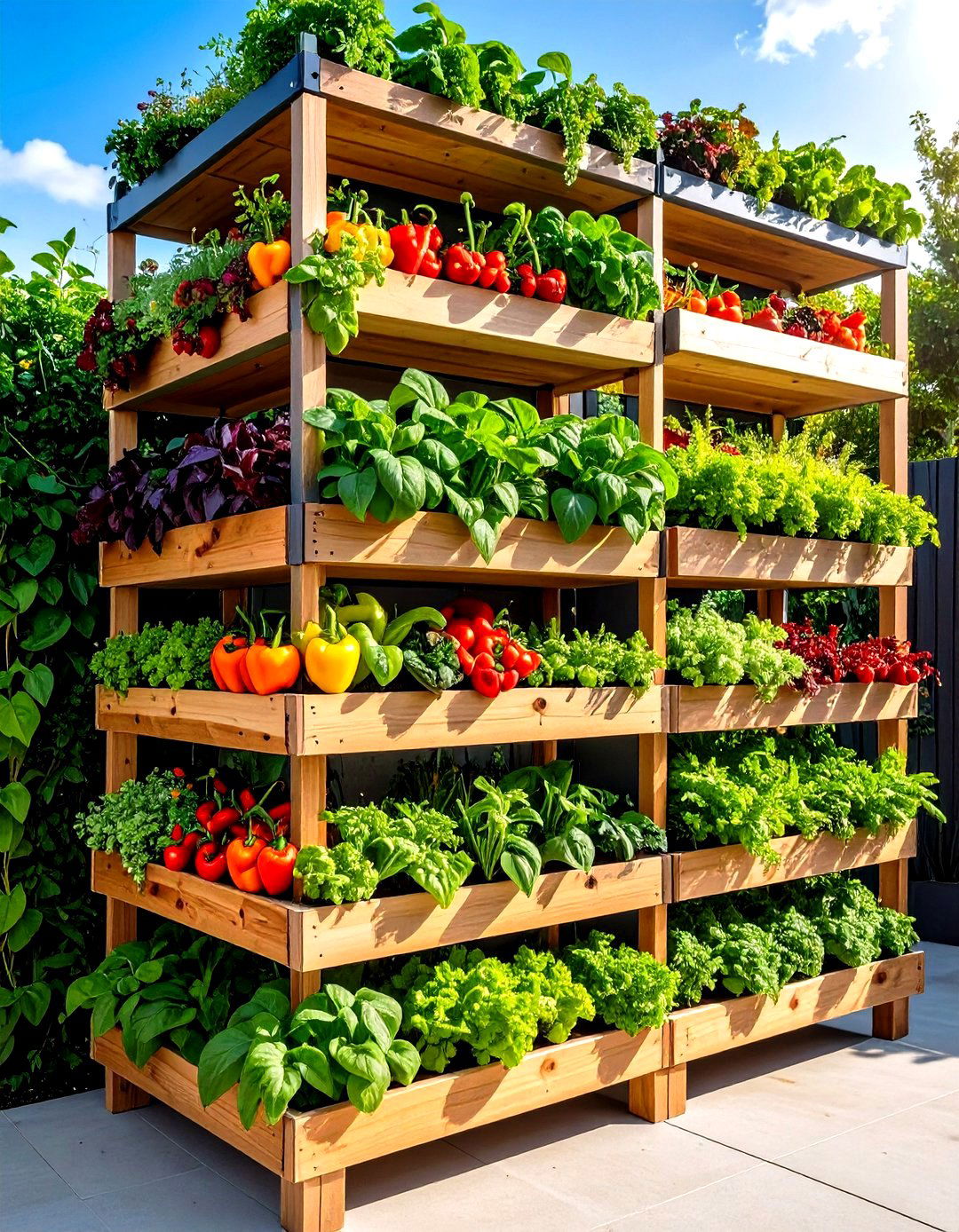
Build multi-level planter boxes or platforms to create a cascading effect. The highest tier can host sun-loving plants like peppers and eggplants, while lower tiers shelter shade-tolerant crops such as spinach and chard. This design maximizes vertical space and creates visual interest, turning your garden into a functional work of art.
15. Hanging Basket Gardens
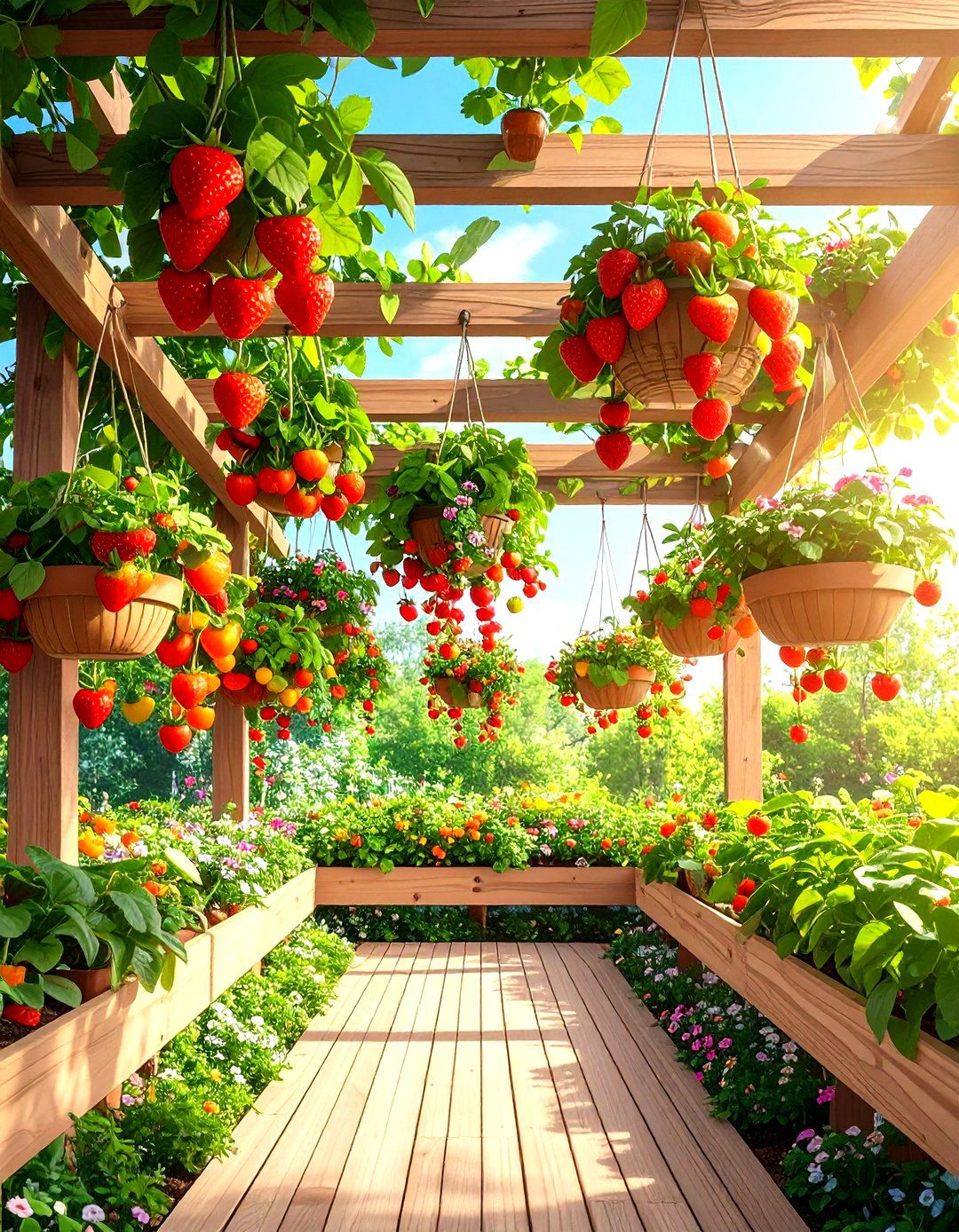
Suspend baskets filled with trailing vegetables—strawberries, cherry tomatoes, and even small peppers—from pergolas, eaves, or dedicated frames. Hanging gardens keep produce away from ground pests and are especially useful in rental properties where in-ground beds aren’t allowed. Regular feeding and ample water ensure healthy yields in these aerial planters.
16. Succession Planting

Stagger sowing dates of the same crop every few weeks to ensure a continuous harvest. As one planting winds down, the next is ready to mature, preventing gaps in production. Succession planting works well with fast-growing greens, radishes, and bush beans, while longer-season crops like tomatoes can follow early peas to optimize space.
17. Polyculture Garden Design
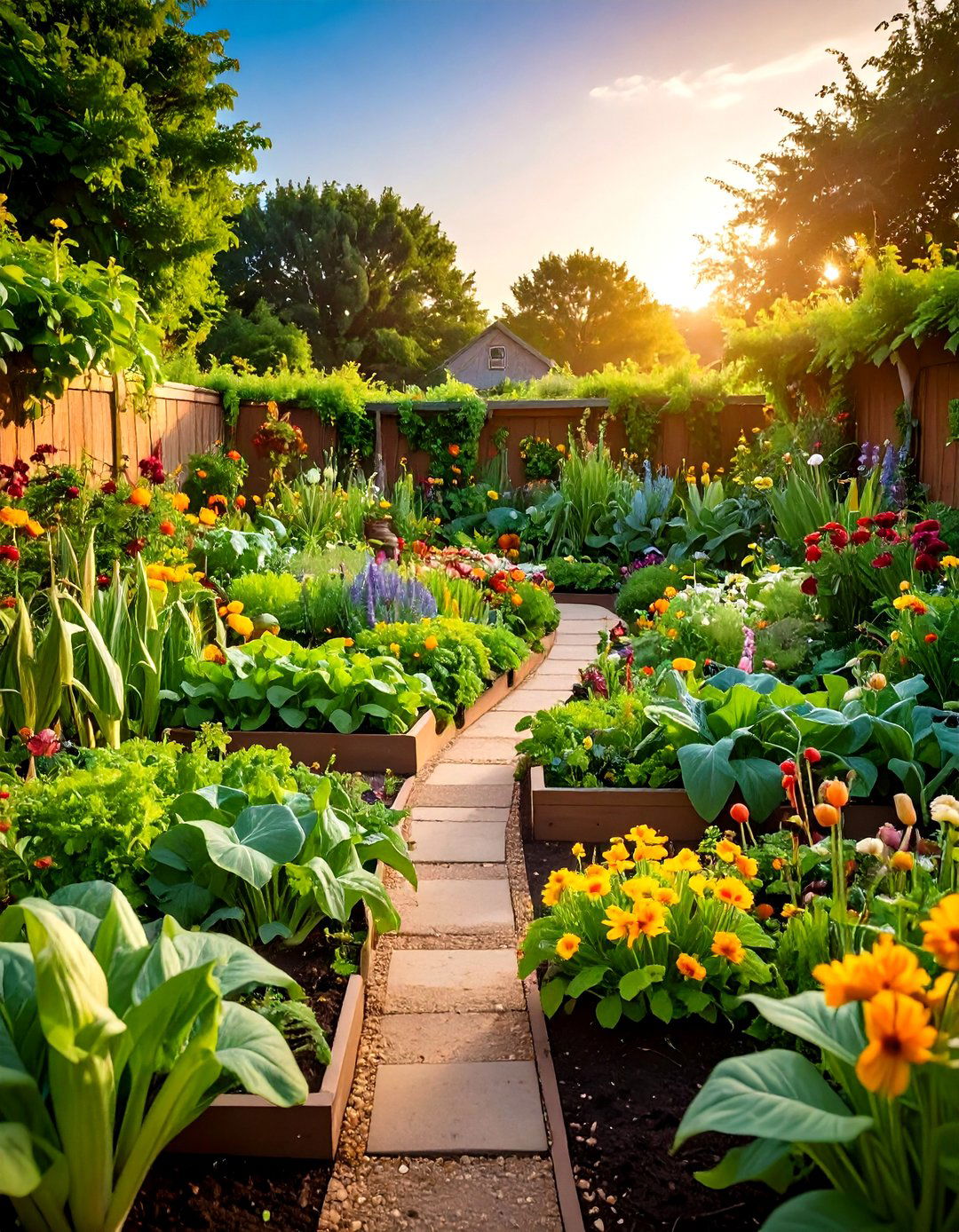
Mimic natural ecosystems by growing multiple species together in guilds—such as the classic “Three Sisters” of corn, beans, and squash. Polyculture enhances biodiversity, reduces pests naturally, and improves resilience against weather extremes. Thoughtful plant combinations can include dynamic accumulators (comfrey) and pollinator-attracting flowers to support overall garden health.
18. Wildlife-Friendly Vegetable Garden
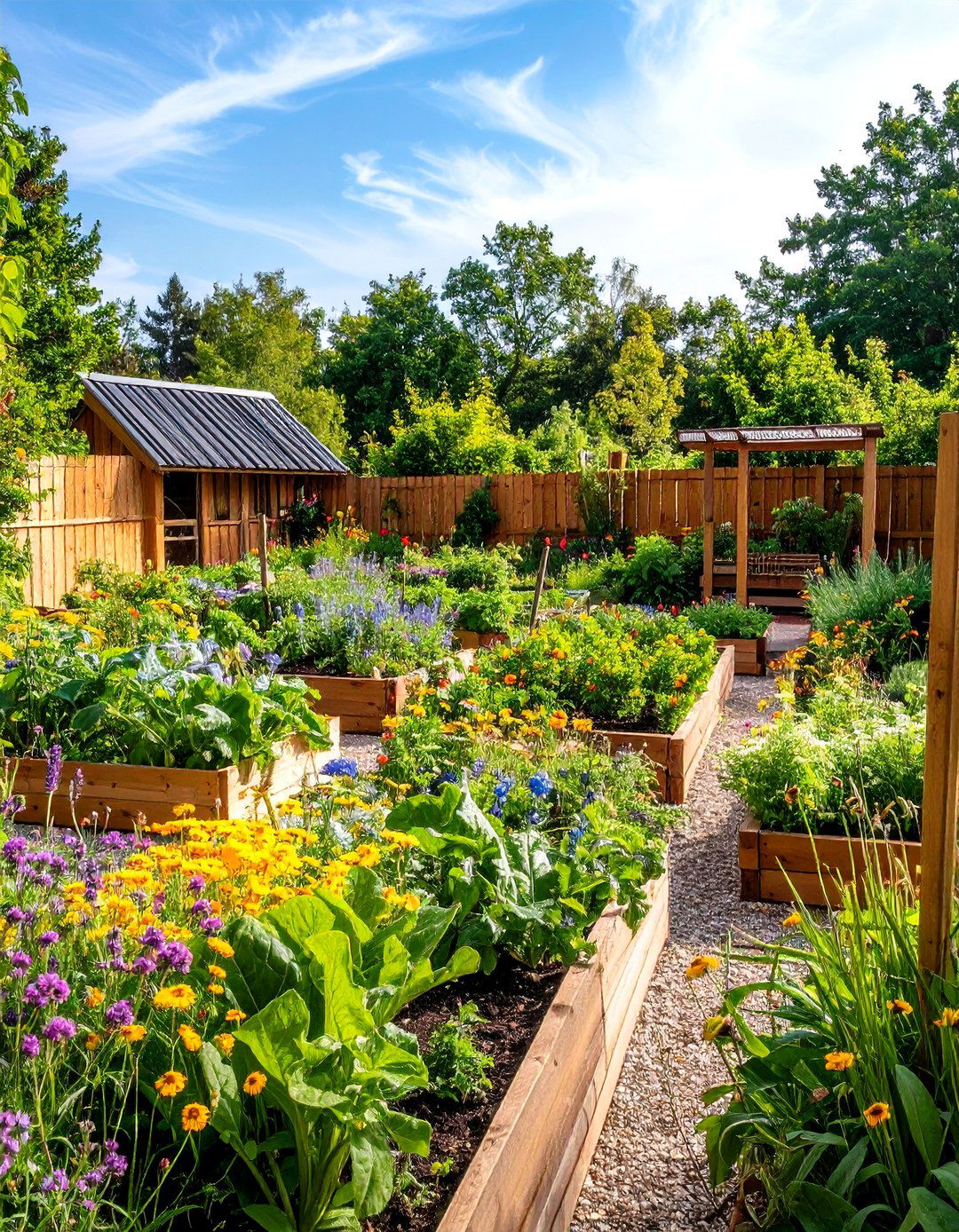
Incorporate native flowering plants, hedgerows, and insect-hotel structures to attract pollinators and beneficial insects. Creating habitat for predators like ladybugs and lacewings helps control aphids and other pests without chemicals. A small water feature—like a shallow birdbath—also supports birds and amphibians that prey on slug and snail pests.
19. Edible Flower Integration

Interplant nasturtiums, calendula, and borage among vegetables to add color, attract pollinators, and deter pests. Many edible flowers also provide culinary delights; nasturtium leaves and blooms have a peppery flavor, while calendula petals can be used in salads and teas. This dual-purpose approach enhances both aesthetics and productivity.
20. Urban Rooftop Vegetable Garden
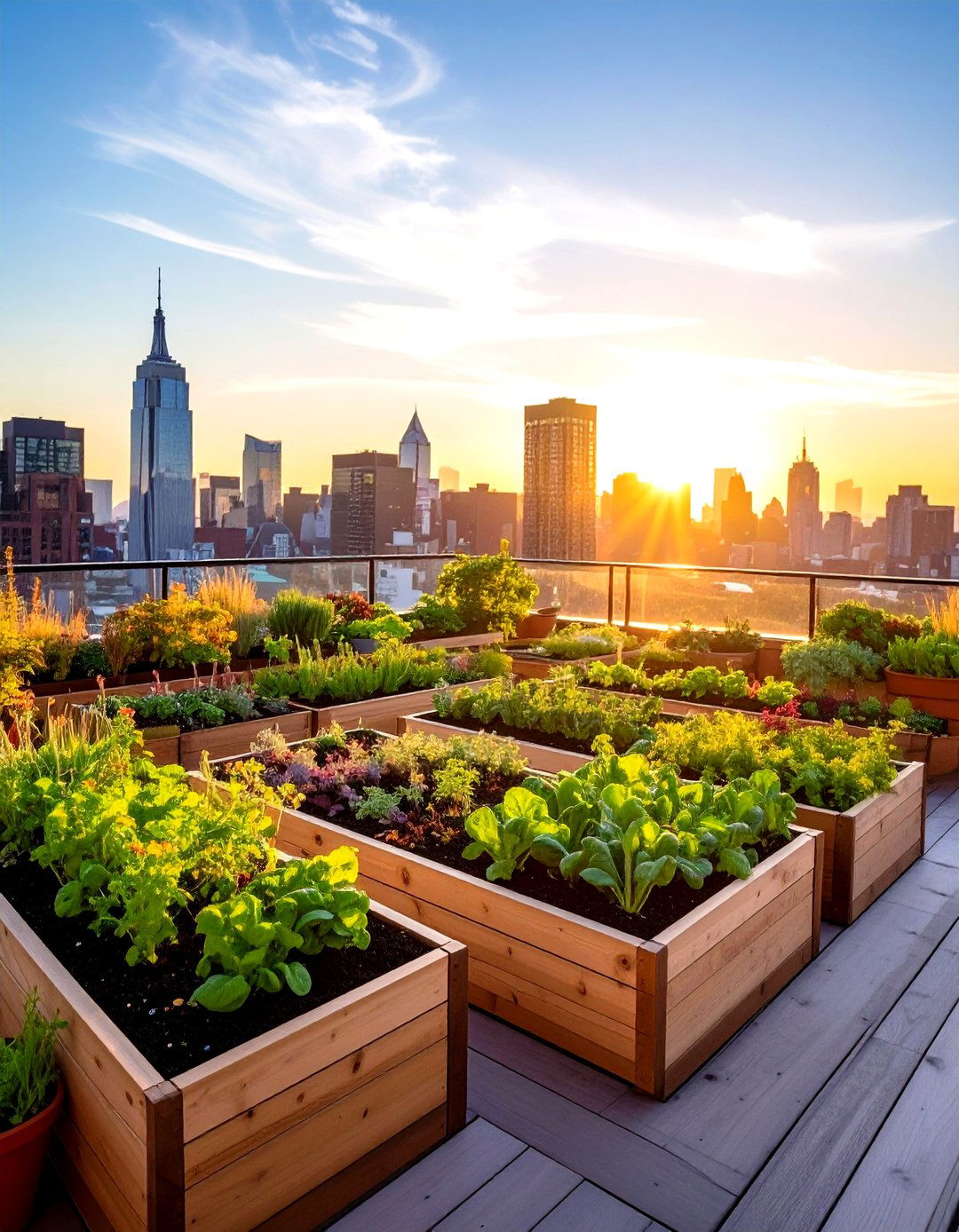
Transform flat roofs into productive spaces with lightweight raised beds or container systems equipped with irrigation. Choose shallow-rooted crops like lettuce and radishes, and reinforce windbreaks with panels or trellises. Rooftop gardens reduce urban heat islands, provide insulation, and offer a private, elevated oasis for growing fresh produce.
Conclusion:
These 20 vegetable garden ideas demonstrate that you can cultivate fresh, healthy produce in virtually any setting—be it a spacious yard, a balcony, or even a rooftop. By selecting the right approach—from raised beds and no-dig methods to high-tech hydroponics and aquaponics—you’ll optimize space, conserve resources, and create a vibrant ecosystem. Experiment with different designs to find what works best for your climate, available area, and personal style, and enjoy the rewards of home-grown vegetables year after year.


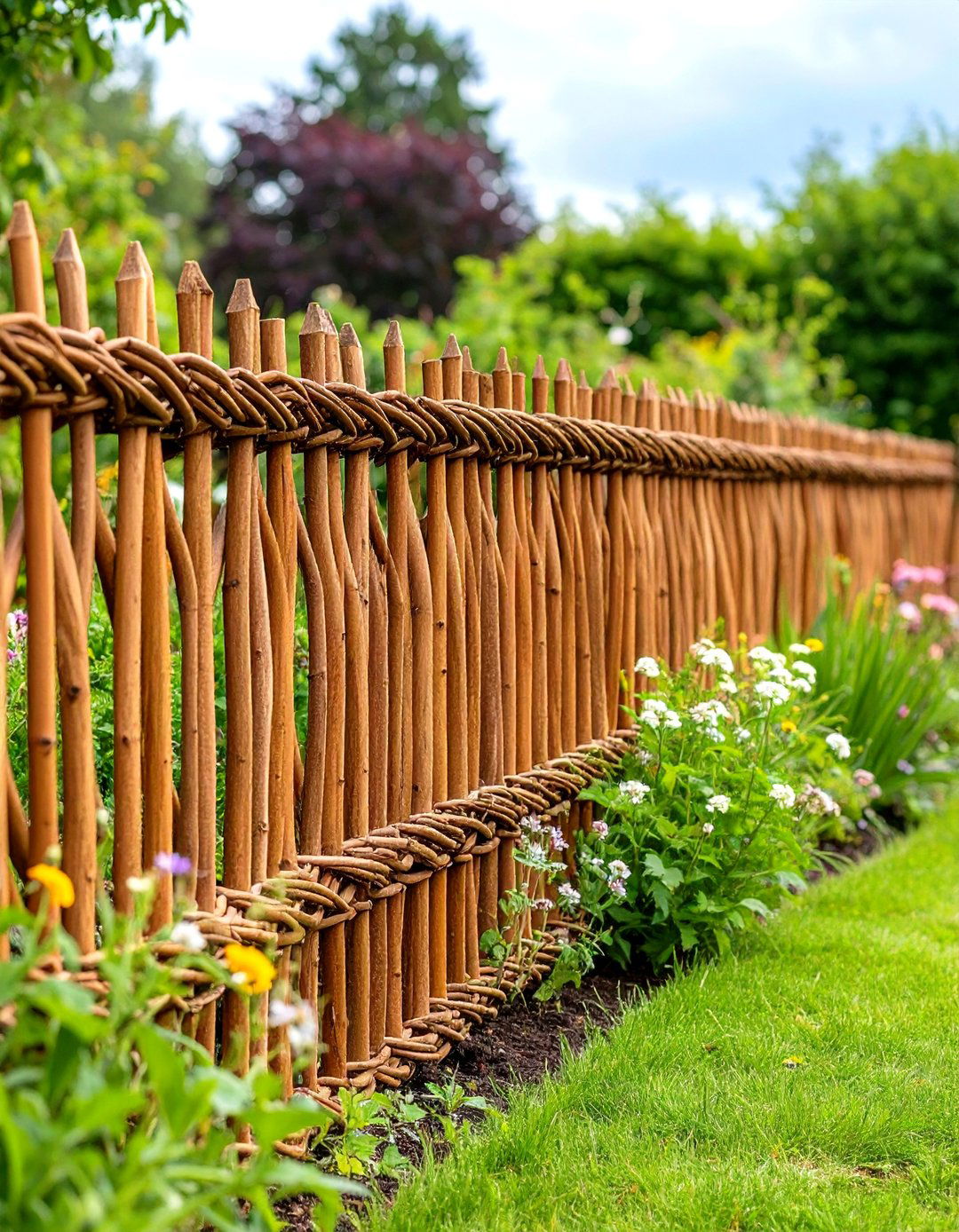
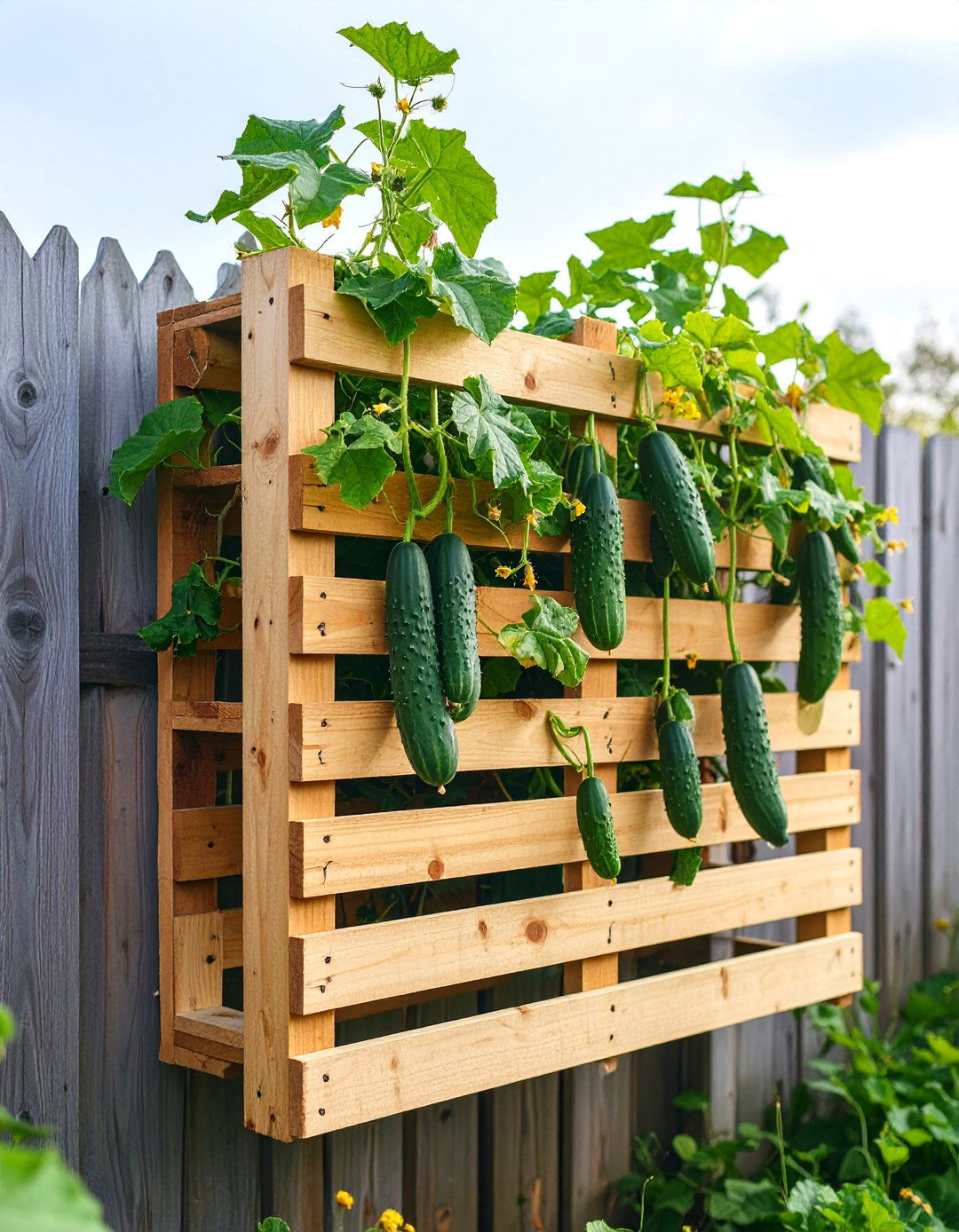

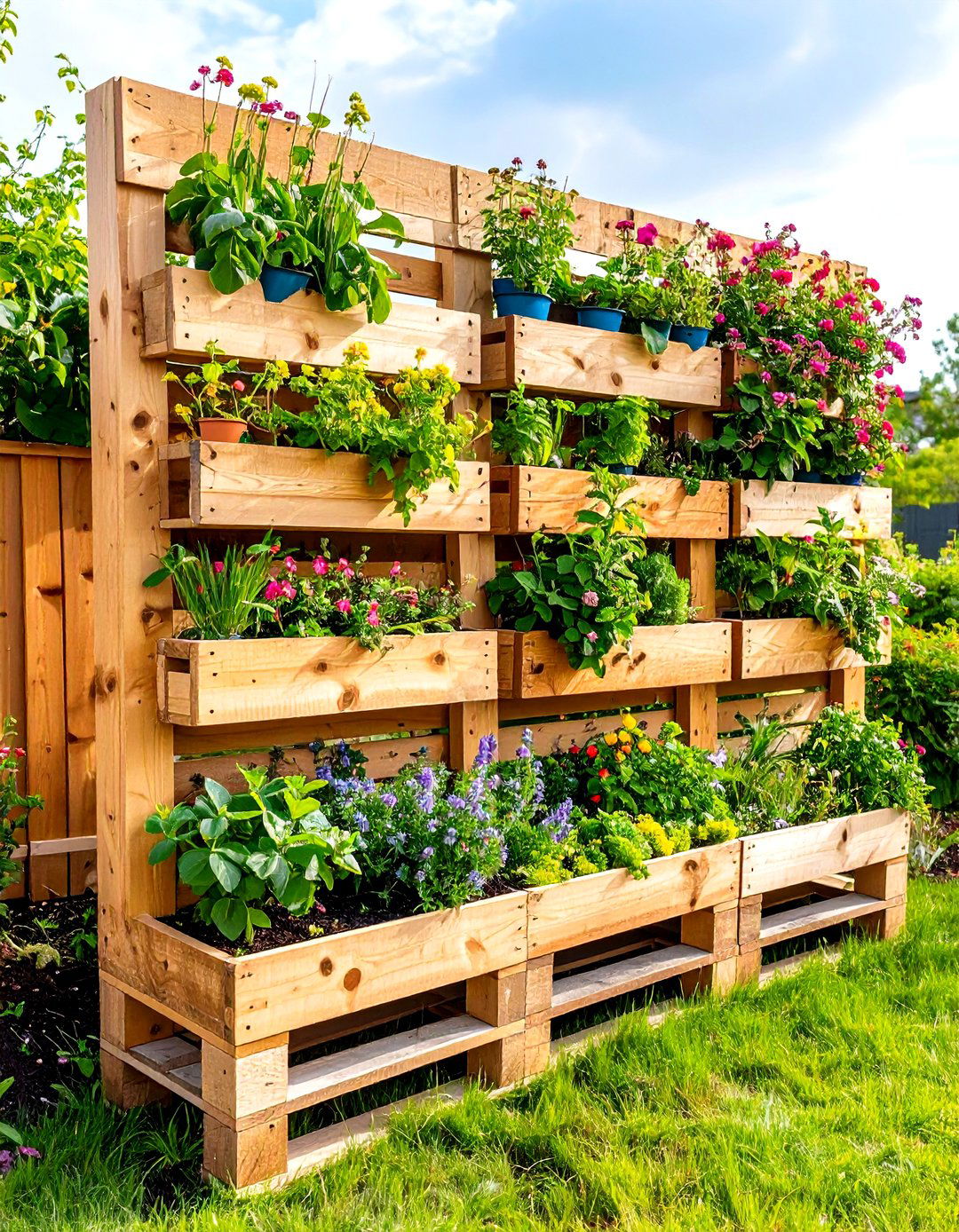
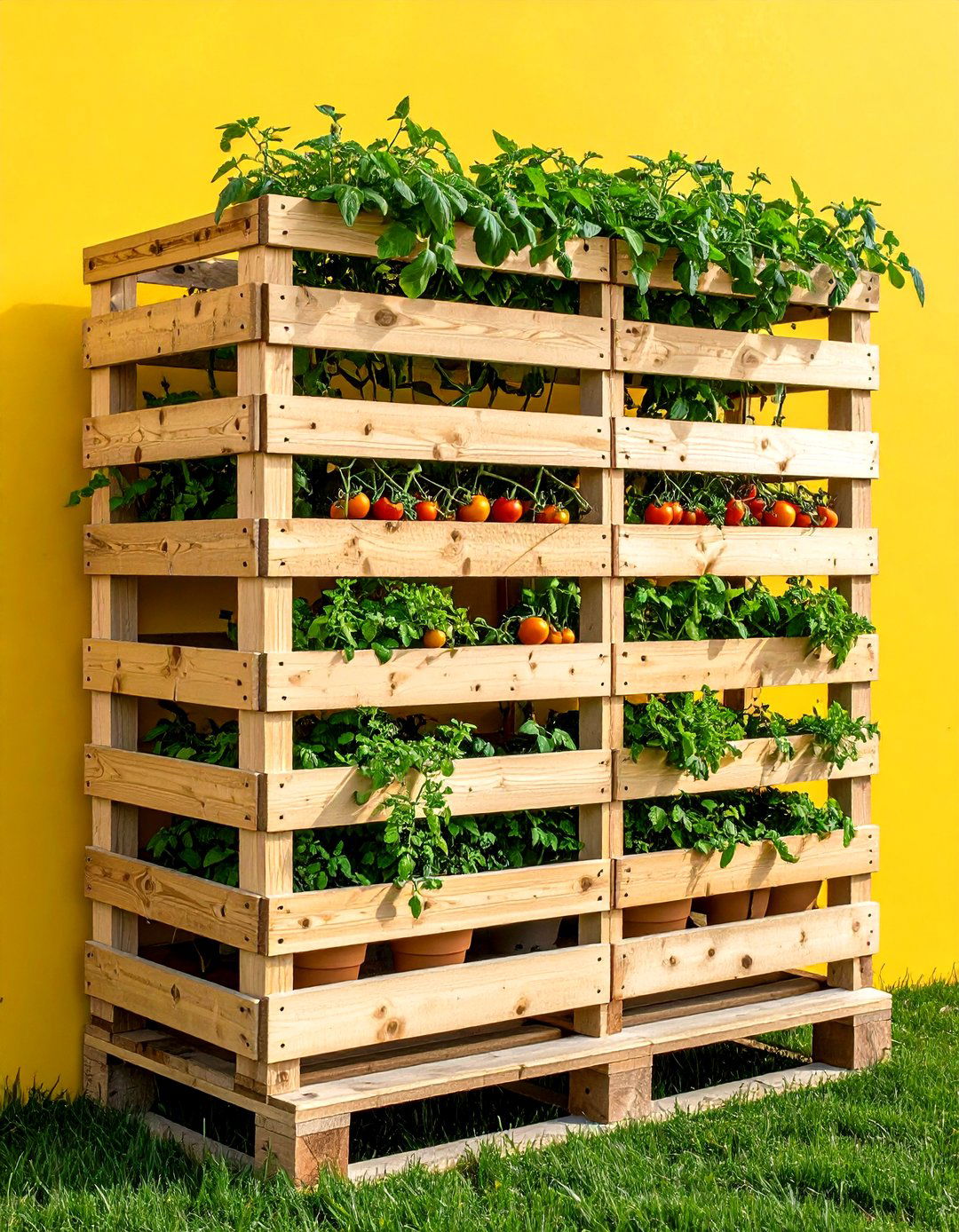



Leave a Reply